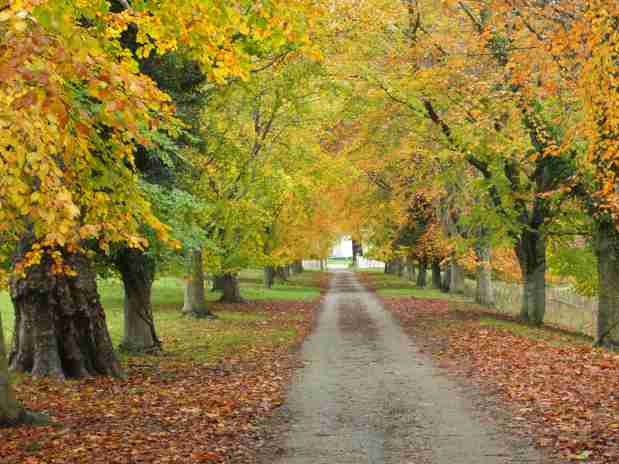The National Trust and our tenant at Parke, The Dartmoor National Park Authority have recently commissioned work to repair the structural faults in the roof of the stableblock.
The building is a grade 2 listed building and is also home to a large colony of lesser horseshoe bats. As a result we have worked closely with George Bemment a local bat expert and the work has been licensed by Natural England and Teignbridge District Council.
 The stable block before the work commenced – scaffolding just going up and the Walled Garden in the background
The stable block before the work commenced – scaffolding just going up and the Walled Garden in the background
 The scaffolding is put up
The scaffolding is put up
 The back of the roof – a number of eaves and beams have been replaced and new ‘felt’ and batons installed
The back of the roof – a number of eaves and beams have been replaced and new ‘felt’ and batons installed
 The front of the stable block with a mix of new and recycled local roof slates
The front of the stable block with a mix of new and recycled local roof slates
The total UK population of lesser horseshoe bats is about 17,000 individuals of which around 8000 occur in England. They live in over 170 maternity roosts and around 300 hibernation sites (hibernacula) in south-west England and Wales. Until the early 20th century, the species benefited from abandoned mine workings, but the sealing of old mines is likely to have reduced the population and range. Recent monitoring suggests that populations are increasing, particularly in Wales, with increased densities in wooded areas.
The maternity roost at Parke contains between 200 and 300 animals and therefore is nationally significant.
This work on the roof will ensure the property remains available for this rare species.

A lesser horseshoe bat in typical pose
By Gilles San Martin from Namur, Belgium [CC BY-SA 2.0 (http://creativecommons.org/licenses/by-sa/2.0)], via Wikimedia Commons

Here is the UK distribution map of lesser horseshoe bats
 The dominant pine beside the Walled Garden against a blue sky
The dominant pine beside the Walled Garden against a blue sky Across the Parkland with the National Trust’s Bearacleave Woods in the background
Across the Parkland with the National Trust’s Bearacleave Woods in the background The snowdrops in the garden are in flower
The snowdrops in the garden are in flower I always like to look at the flowers – there aren’t many flowers with green petals
I always like to look at the flowers – there aren’t many flowers with green petals The daffodils getting ready to pop
The daffodils getting ready to pop The laurel is coming into flower too
The laurel is coming into flower too


































